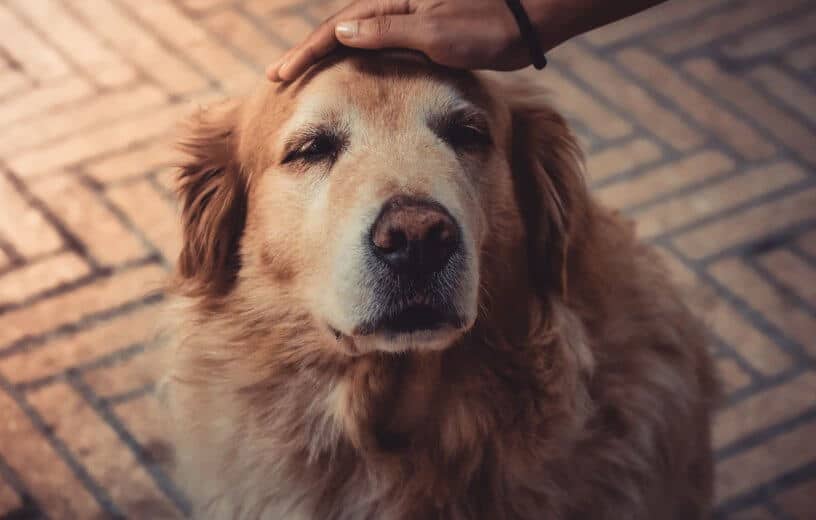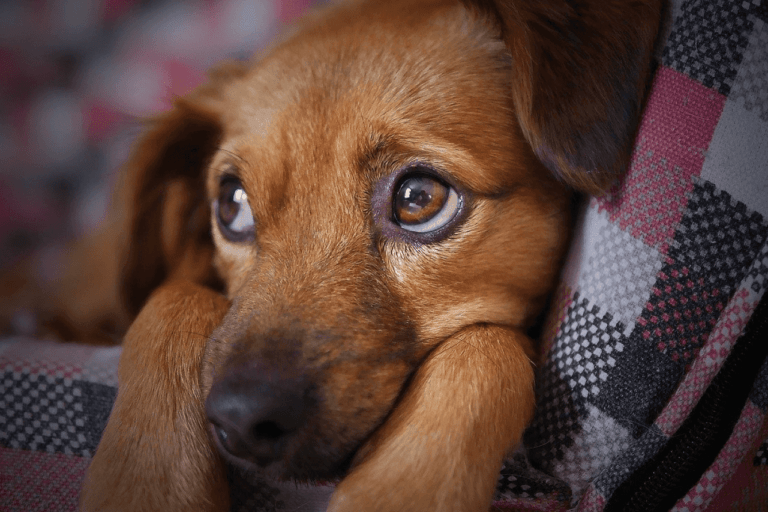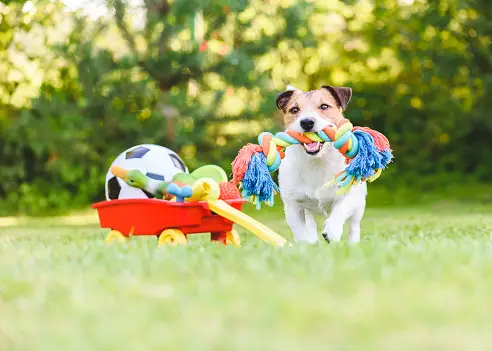Living with a blind dog can present unique challenges, but with the right knowledge and preparation, you can ensure that your furry friend has a happy and fulfilling life. In this article, we will provide you with useful tips and insights on how to navigate daily life with a blind dog, including tips on creating a safe environment, training techniques, and ways to enhance your dog’s other senses. Whether you have a newly blind dog or are looking to improve your current blind dog’s quality of life, these tips will help you provide the best care for your beloved pet.
Safe Environment for Your Blind Dog
Living with a blind dog can present some challenges, but with the right strategies, you can help create a safe and comfortable environment for your furry friend. Here are some tips to consider:
Remove Hazards from Your Home
One of the first steps in creating a safe environment for your blind dog is to remove any potential hazards from your home. This includes sharp objects, small items that could be a choking hazard, and furniture with sharp corners. Make sure to keep pathways clear so your dog can move around without tripping or bumping into obstacles.
Use Scent Markers to Help Your Dog Navigate
Dogs rely heavily on their sense of smell to navigate their surroundings, so using scent markers can be a helpful tool for your blind dog. You can place scented oils or markers at key locations in your home to help your dog identify different areas, such as food and water bowls, their bed, and the entrance and exit doors.
Establish Consistent Routines
Consistency is key when living with a blind dog. Establishing consistent routines for feeding, potty breaks, and playtime can help your dog feel more secure and confident in their environment. Try to keep things like meal times and walks at the same time each day to provide a sense of structure for your blind dog.
By following these tips and creating a safe environment for your blind dog, you can help them live a happy and fulfilling life.
Training Tips for Blind Dogs
Living with a blind dog can present its own set of challenges, but with the right training techniques, you can help your furry friend navigate the world around them. Here are some tips to help you train your blind dog:
Use Verbal Cues and Touch Commands
Since your blind dog won’t be able to rely on visual cues, it’s important to use verbal cues and touch commands to communicate with them. For example, you can use words like “sit,” “stay,” and “come” along with gentle touches or pats to guide your dog. Consistency is key when using verbal cues and touch commands, so make sure to use the same words and gestures every time you give a command.
Utilize Positive Reinforcement
Positive reinforcement is an effective training method for blind dogs. Reward your dog with treats, praise, or affection when they successfully follow a command or exhibit desired behavior. This will help your dog associate good behavior with positive outcomes and encourage them to continue behaving well.
Teach Your Dog to Respond to Their Name
One important training tip for blind dogs is teaching them to respond to their name. This can help you get your dog’s attention and guide them in the right direction. Start by saying your dog’s name in a cheerful tone and rewarding them when they respond. Repeat this process regularly to reinforce the association between their name and positive outcomes.
By following these training tips, you can help your blind dog adapt to their condition and live a happy, fulfilling life. Remember to be patient and consistent in your training efforts, and seek the guidance of a professional trainer if needed.
Healthcare and Wellness for Blind Dogs
Regular Veterinary Check-ups
Regular veterinary check-ups are essential for blind dogs to ensure their overall health and well-being. During these check-ups, the veterinarian can assess any changes in your dog’s health, monitor for any potential issues related to their blindness, and provide necessary treatments or medications. It is important to stay on top of these check-ups to catch any health concerns early and ensure your blind dog is receiving the best possible care.
Maintain a Healthy Diet
Maintaining a healthy diet is crucial for blind dogs to support their overall health and wellness. It is important to provide a balanced diet that meets their nutritional needs and helps maintain a healthy weight. Consult with your veterinarian to determine the best diet for your blind dog, taking into consideration any specific health concerns or dietary restrictions they may have. Proper nutrition plays a key role in keeping your blind dog healthy and happy.
Incorporate Mental Stimulation
Incorporating mental stimulation into your blind dog’s daily routine is important for their overall well-being. Engaging your dog in activities that challenge their mind can help keep them mentally sharp and prevent boredom. Consider introducing puzzle toys, scent games, or training exercises that rely on their other senses, such as hearing and smell. Providing opportunities for mental stimulation can help keep your blind dog happy and fulfilled.
Living with a blind dog may present its challenges, but with the right knowledge and strategies in place, it is entirely possible to provide a happy and fulfilling life for your furry friend. By following the tips outlined in this article, such as creating a safe environment, using verbal cues, and maintaining a consistent routine, you can help your blind dog navigate the world with confidence and ease. Remember, patience and understanding are key when caring for a blind dog, and the bond you share with your pet will only grow stronger as you work together to overcome any obstacles. With love and support, your blind dog can lead a full and joyful life by your side.







